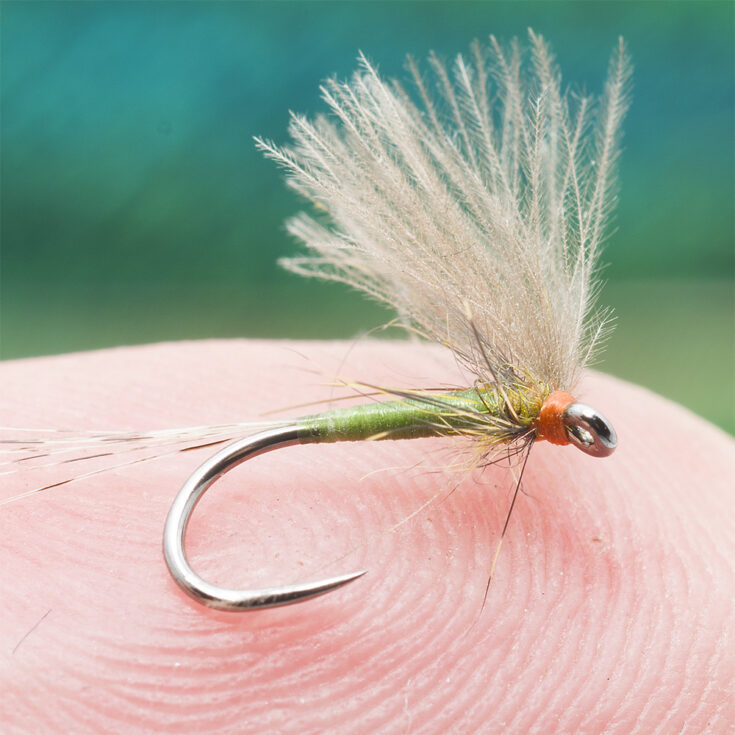
The CDC (Cul de Canard) flies, particularly the Micro Olive Dun flies, are a popular choice among fly fishermen, especially for imitating mayflies and other small aquatic insects. There are numerous patterns of Micro Olive Dun flies, including different tying styles and materials. Some may incorporate a more traditional hackle or use a parachute style for better visibility. But many anglers tie their own CDC flies, allowing for customisation based on specific fishing conditions or local insect hatches.
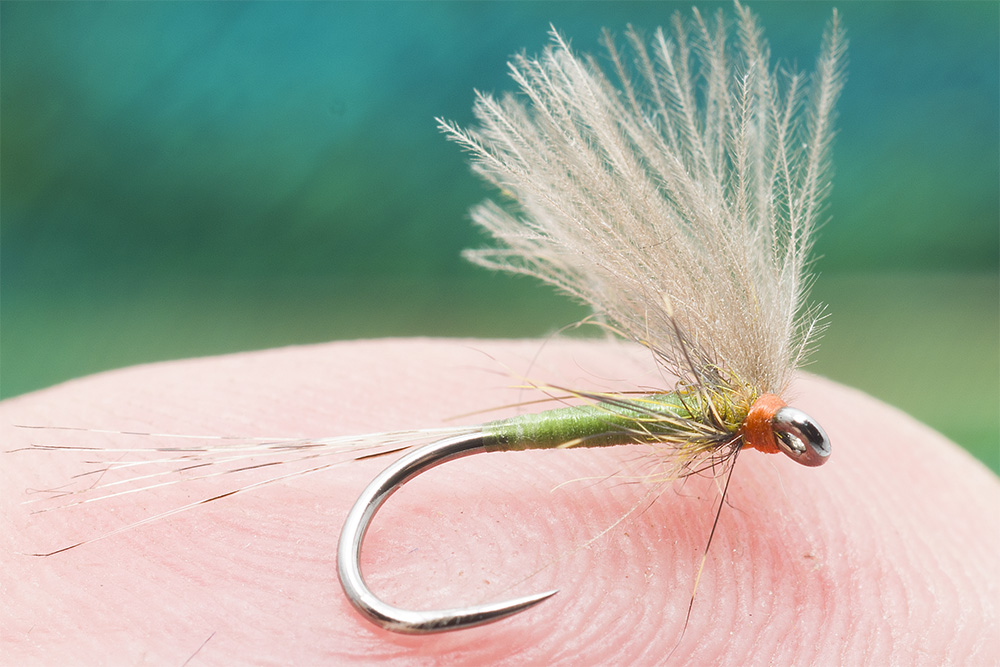
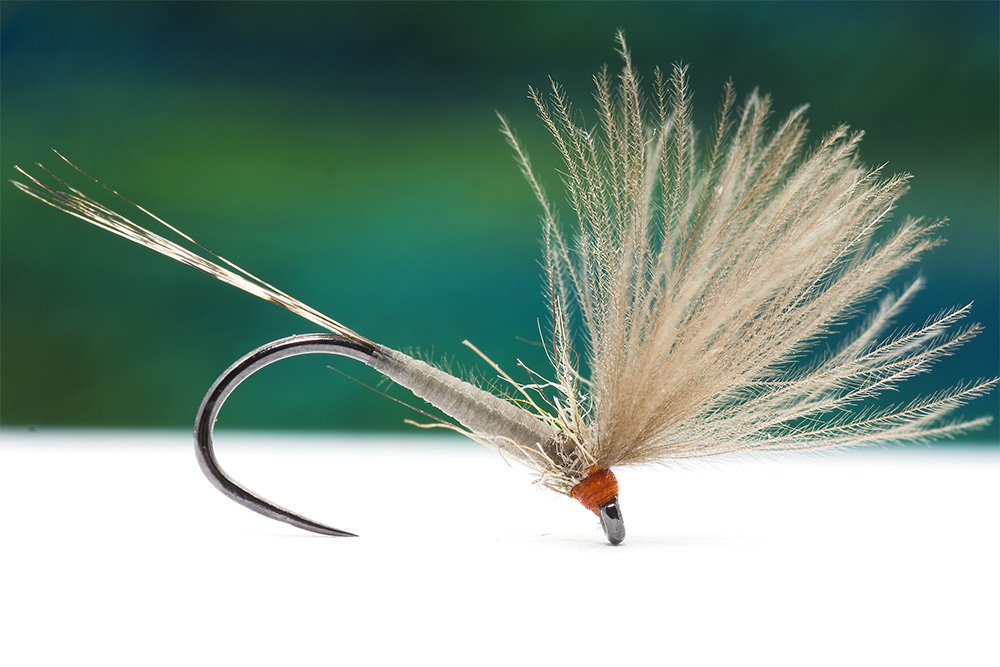
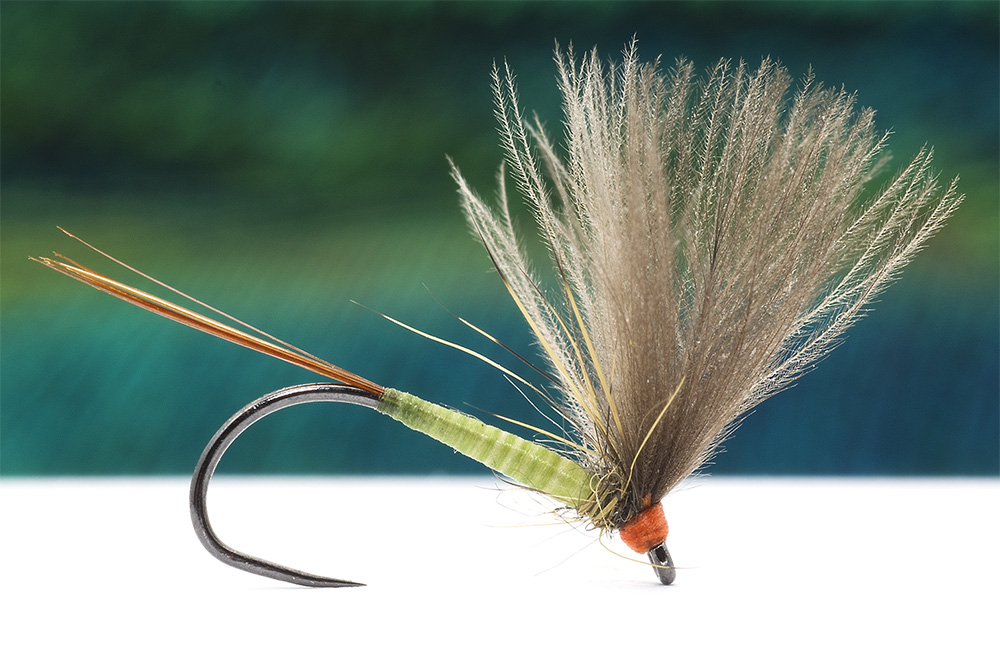
When it comes to tie my olive dun flies, I prefer to use CDC instead of classic hackle or deer Hair. Because the CDC helps me to preserve a delicate and better water print more close to the natural insects. I consider that the thickness and delicacy of the body play a crucial role in their effectiveness. Here’s a breakdown of why a thin and delicate body is generally preferred over a thick and bulky one, especially for small flies:
Imitating Natural Insects:
- Realism: Insects, especially small mayflies, tend to have slender bodies. A thin and delicate body mimics the natural profile of these insects more accurately, making the fly more appealing to fish.
- Visibility: Bulkier flies can be less realistic and may stand out in a way that spooks fish. A thinner profile allows the fly to blend into the natural environment better.
Hydrodynamics:
- Drift: A thin body helps the fly to float more naturally on the surface of the water. A bulky fly may create drag or sit unnaturally on the water, disrupting the presentation.
- Buoyancy: While CDC feathers provide excellent buoyancy, a bulky hackle can cause the fly to tip or roll, making it less effective in imitating hatching insects.
Casting and Presentation:
- Accuracy: A thin fly is easier to cast accurately, particularly in tight situations like narrow streams or when presenting to rising fish. A bulky fly can be harder to control during casting.
- Delicate Presentation: A thin fly lands softly on the water, which is essential when targeting skittish fish. A bulky fly can create a loud splash that may alert fish.
Hook Exposure:
- Hook Size and Exposure: A thinner body often allows for better hook exposure, increasing the chances of hooking a fish. A thick body may cover the hook or make it less visible to fish.
Targeting Specific Species:
- Selective Feeding: Many species of fish, particularly trout, can be quite selective when feeding on surface insects. A thin and delicate body is more likely to fool these picky feeders.
I hope you find these info useful and interesting and I invite you to share with me and others readers your opinions:)
Cheers,
Lucian
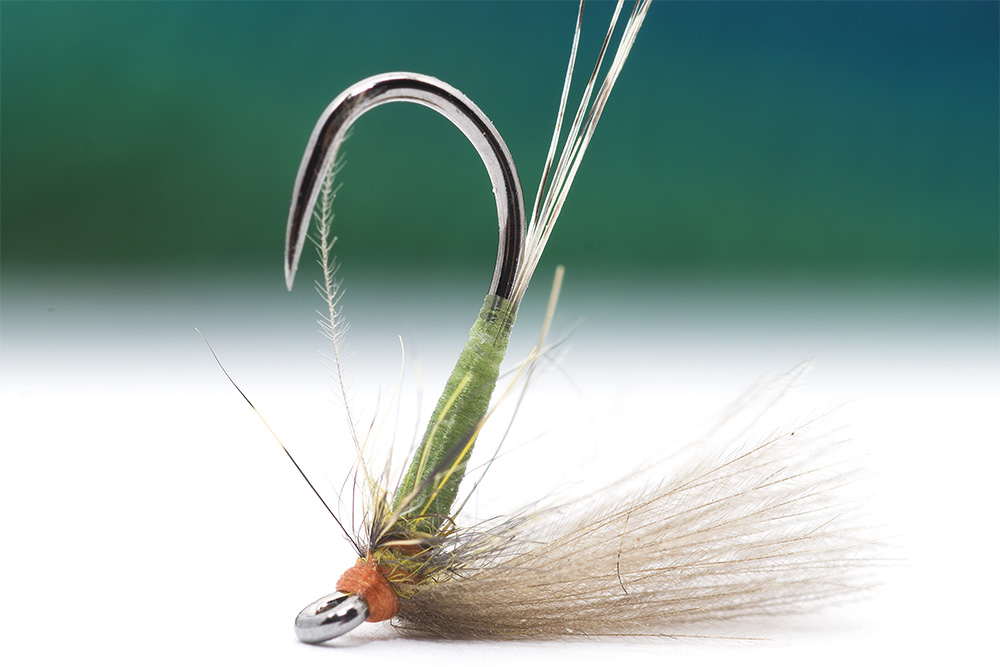

Leave a Reply